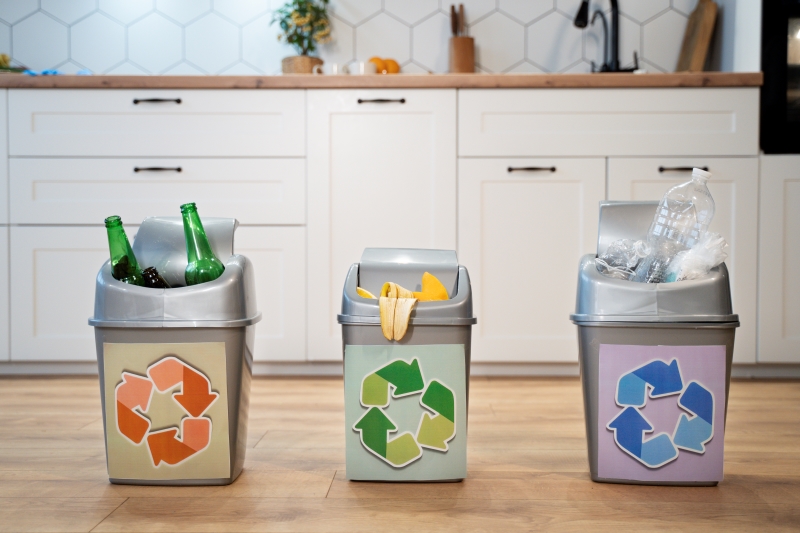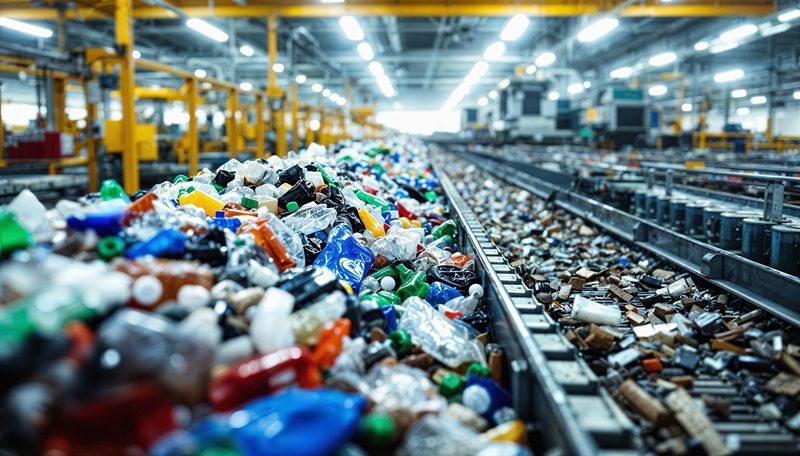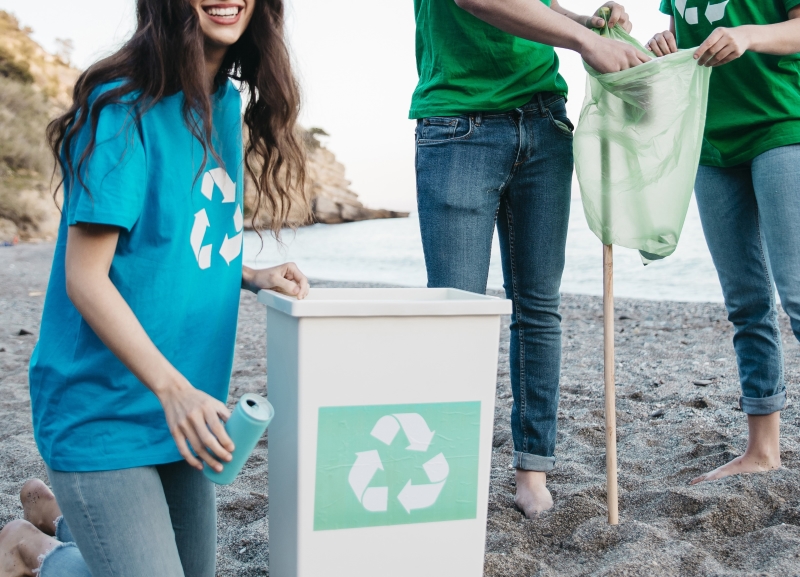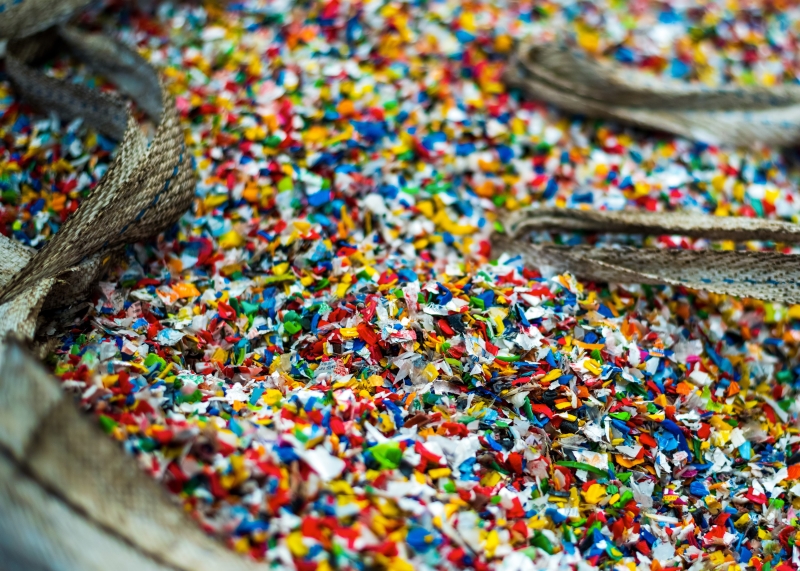Home > About Duropac > Sustainability
ABOUT
Sustainability
Duropac delivers quality, sustainable packaging that protects your products and enhances your brand. Discover why we’re the trusted choice for businesses.
A MORE SUSTAINABLE
Cleaner cycle

OUR MAIN
Goal
Our goal is to make sure that all packaging gets to the right place. And to do that, we need to work together – everyone from consumers to food and consumer packaged goods (CPG) manufacturers to packaging suppliers.
As consumers, we should find out what recycling and composting options are available in our city. And as producers, we need to label our products clearly and correctly, so they end up in the right facility. Packaging providers also need to make sure they give accurate information about their products.
RECYCLE-READY
Flexible packaging
Instead of multi-layered laminated packaging that would need to be delaminated before recycling, recycle-ready packaging is made up of only one type of plastic (mono-structure or mono-material.) Oftentimes this is MDOPE (machine direction-oriented polyethylene), but it could also be another material like polypropylene. These bags could have a #2 or #4 recycling symbol on them since they are made up of a single plastic, however no flexible plastics are accepted in blue bin recycling.


Key considerations with
recyclable packaging.
While recycle-ready packaging can be an alternative to the traditional laminated packaging on the market, the properties may not be the same. Some products, especially those with specific requirements for oxygen, moisture, and light barriers or puncture resistance are not suitable for recyclable packaging since not all recyclable packaging has the same qualities. To keep your product fresh and make sure it will have an adequate shelf life, we recommend consulting with food scientists and packaging professionals before switching over.

COMPOSTABLE
Packaging
Compostable vs. Biodegradable:
Compostable plastics are biopolymers that break down into organic materials. Keep in mind that not all biodegradable plastics are compostable; biodegradable means that it breaks down, but it could break down into organic materials or into microplastics that pollute the environment.
Compostable plastics don’t break down into microplastics, these will always break down into organic materials. Compostable plastics are a substitute for plastics derived from fossil fuels. There are two main types of compostable plastic packaging.
1. Backyard compostable packaging.
These pouches are bags that can, under ideal conditions, be broken down in a backyard compost bin into organic materials. These bags are certified OK compost HOME by TUV Austria, and the clear structure is also certified for industrial composting. Keep in mind that Canada has much more stringent qualifications for what qualifies as “compostable,” and there are currently no valid certifications in Canada for compostable plastics. These bags can also be returned to store drop-off locations when available in your region.
2. Industrial compostable packaging.
This type of compostable flexible packaging, made up of Kraft paper and PLA (a won’t break down in the green bin, but under ideal conditions in an industrial composting facility, it will break down into organic materials. That being said, there are currently no industrial composting facilities in Canada who are accepting industrial composting packaging.
This may be for a couple reasons:
Lack of regulations
There are no approved regulations or restrictions for compostable plastics, meaning anyone could claim that their plastic is compostable, which is particularly challenging when there is . There are high risks if non-compostable plastics get into the composting facilities, there’s waste of environmental contamination.
Speed of breakdown
Compostable plastics may take more time to break down than other materials in the composting facilities. This means that some composting facilities don’t have the correct conditions to break down these plastics, or there may be risk of portions that don’t break down and end up in the environment. Because of this, the speed of production for these locations that have adequate conditions, it may risk contamination, slow production, or impact workflows, so they aren’t taken in.
Lack of consumer awareness
Many customers aren’t aware of compostable plastics, which can both limit demand and cause confusion with disposal. Despite the compostable nature, we don’t want customers adding these plastics to the green bin as traditional compostable waste since these items are not accepted in this waste stream. Flexible plastics put in the green bin or that aren’t in the correct drop-off facilities may be shipped to the landfill.
Key considerations with
Compostable packaging
Like recyclable plastics, there is a consideration for products with specific requirements for oxygen, moisture, and light barriers or puncture. Beyond the varying barrier properties, compostable plastics are typically best with dry, shelf stable products and aren’t suitable for high moisture conditions. Consult with food scientists and packaging professionals before switching over to ensure your product shelf life and freshness will be maintained properly with compostable packaging.
How to dispose of compostable bags.
Like recyclable bags, these can be dropped off in select store drop-off locations to be pelletized and turned into engineered fuel so long as they are not kraft paper adhered to plastics. Kraft/plastic combinations will end up in the landfill as there are no wastestreams available for this type of packaging.
Passing on the
Sustainability message.
We recommend that you verify the recycling/composting regulations and capabilities of your municipality. Ultimately, it’s important to educate your consumers about the end-of-life systems of your packaging to ensure these structures end up in the correct locations. If you need help determining if sustainable packaging is right for you, our packaging experts can help.
Resources for
Sustainable Packaging
Have a project in mind?
Our packaging experts are happy to help. We can provide free consultations and pricing for tailored, high-quality solutions.